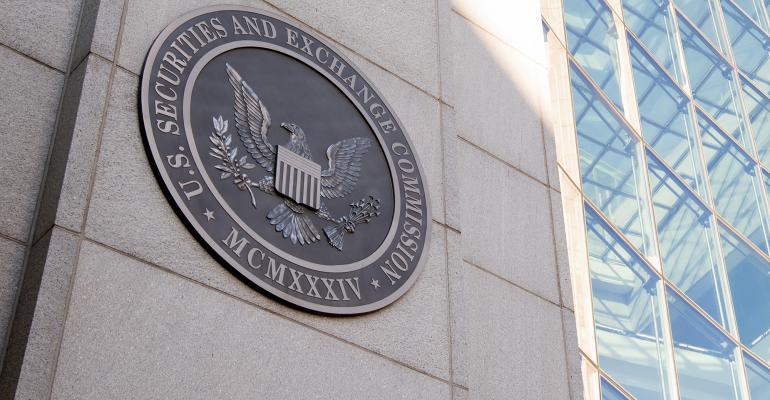Do you think the SEC would approve if it discovered you were using client assets to buy things that benefited your advisory firm, but not your clients? Before you say, “That can’t apply to me—I would never do that,” read on.
In a July 21, 2021, Risk Alert issued by the Division of Examinations, the SEC identified practices associated with managed account programs that “create conflicts of interest for advisors and risks to investors.” Given the way many managed account programs are structured today, an advisor could be engaging in some of these practices without even realizing it. Here are three ways you can make sure that doesn’t happen to you.
Make Sure That Using the Managed Account Program is in the Client’s Best Interest
Some advisors approach the selection of a managed account provider as they would any other vendor selection. But the SEC made clear that selecting a managed account provider is not like selecting a CRM or financial planning software for your firm.
It is a fiduciary decision that must be made in your clients’ best interest. It is like any other investment decision made on your client’s behalf. You must do your due diligence and consider all factors relevant to making the best possible decision for your client. Then you must revisit the decision periodically to make sure it continues to be in your clients’ best interest.
Many managed account providers today offer a range of products and services to advisors that do not directly benefit the advisors’ clients. These may include technology, web development services, marketing support, or practice management coaching. The list goes on.
Using one of these managed account providers must be independently in the client’s best interest. Your clients shouldn’t suffer just so your firm can take advantage of the ancillary benefits offered by one of these managed account providers. That would be inconsistent with your fiduciary duties and the SEC will not look favorably on that practice. Make sure your managed account provider is not buying your business at your clients’ expense.
The SEC also made clear that a one-time review is not enough. Advisors have an ongoing obligation to review the appropriateness of their managed account provider for their clients. Sticking with a provider simply because you have done business with them for years or like their wholesaler is not a good enough reason. The focus must be on the client’s best interest.
Document the Process and Follow It
The SEC wants the process you use to select and periodically review managed account providers documented in written policies and procedures. And they want to see proof that you followed those policies and procedures.
Create a record of the factors you consider in selecting a managed account provider. The SEC identified fees and expenses as an important factor, but you should also consider:
- the experience and reputation of the people
- the investment process used to manage assets
- the performance of the portfolios offered
You may add your own factors to the list, but be sure they relate to benefits to your clients and not to your firm. Then, make sure you follow your procedures and document that you did.
Identify and Disclose Conflicts of Interest
The SEC focused much attention in the Risk Alert on identifying and disclosing potential conflicts of interest. If your firm has a financial incentive to use a particular managed account provider or receives products or services from that provider that do not benefit the client, those conflicts must be identified and disclosed. The client must be fully informed.
The fact that you receive some benefit from the managed account provider does not mean that you can’t do business with them. But you must be able to demonstrate convincingly that your decision to use that firm was driven by the best interests of the client and not by other factors.
The Bottom Line
Make sure you treat the selection of a managed account provider for your clients the same way you would any other investment decision. You have a fiduciary duty to do so.
The SEC’s Risk Alert focuses primarily on wrap-fee programs. But the principles addressed in the Risk Alert apply equally to a TAMP or any other kind of managed account program. If you use a TAMP, wrap fee program, or other managed account program, you may want to read the full Risk Alert. Don’t wait until the SEC knocks on your door. Be prepared.
Scott MacKillop is CEO of First Ascent Asset Management, the first TAMP to provide
investment management services to financial advisors and their clients on a flat-fee basis. He is an ambassador for the Institute for the Fiduciary Standard and a 45-year veteran of the financial services industry. He can be reached at [email protected].




